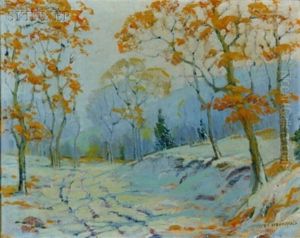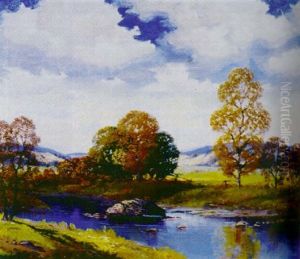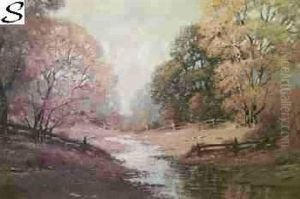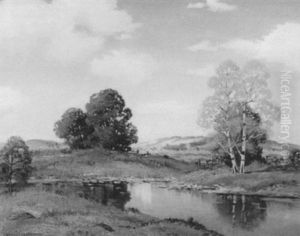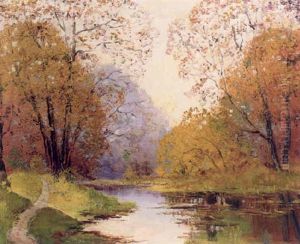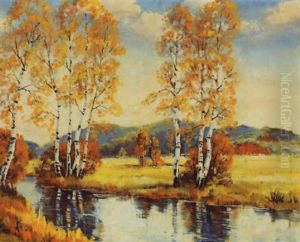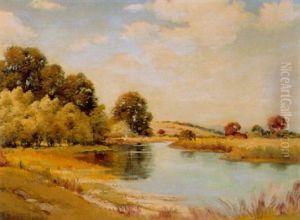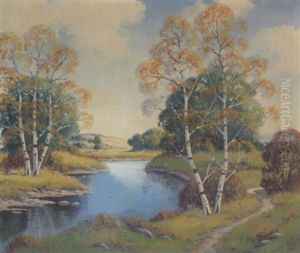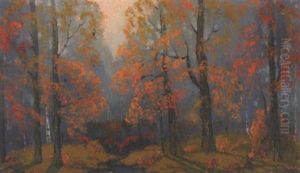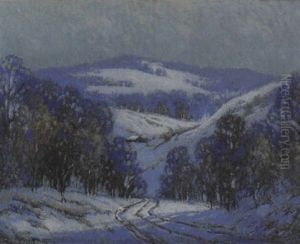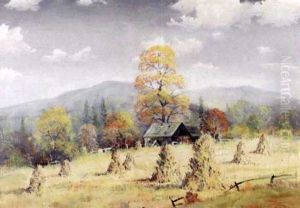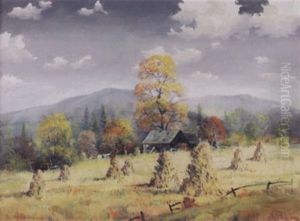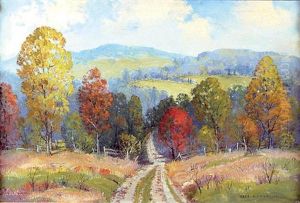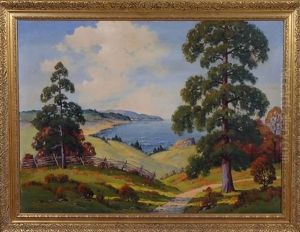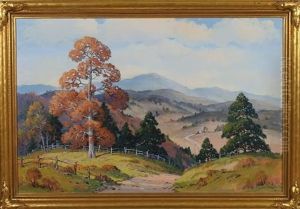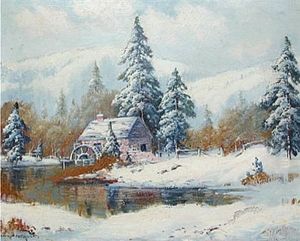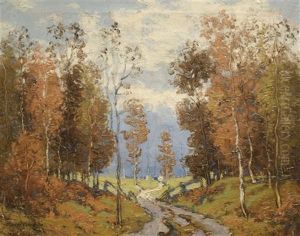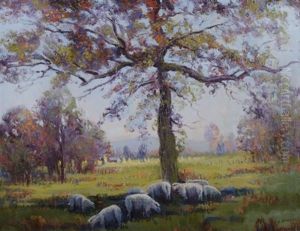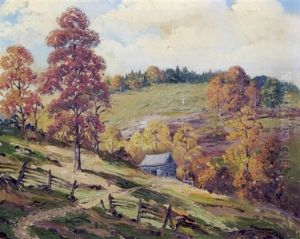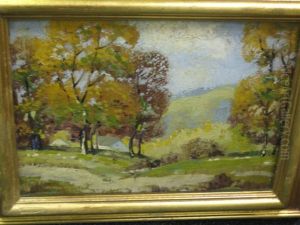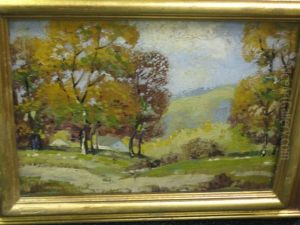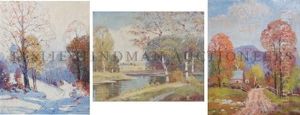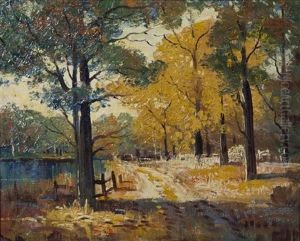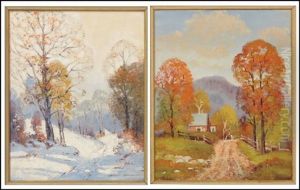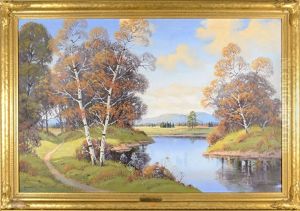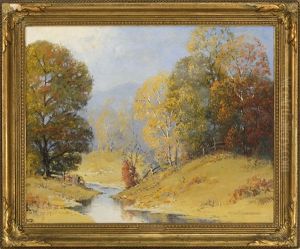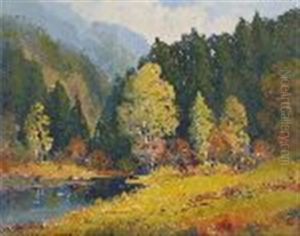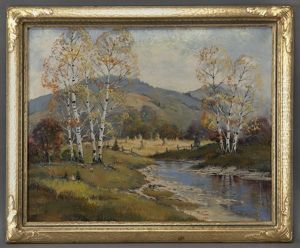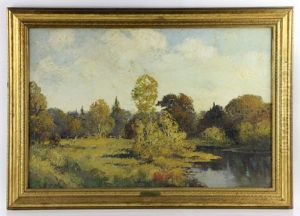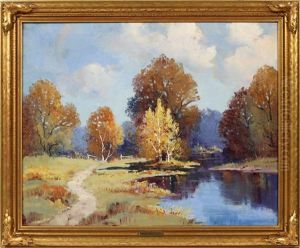Ernest Fredericks Paintings
Ernest Fredericks was the pseudonym used by American landscape painter Frederick John Mulhaupt. Mulhaupt was born on March 28, 1877, in Rockport, Missouri. He is best known for his picturesque landscapes and is often associated with the Cape Ann School of American Impressionists. His works were celebrated for their use of light and color, which captured the unique qualities of the New England landscape.
Fredericks began his artistic education at the St. Louis School of Fine Arts and later studied at the Art Institute of Chicago. His early career saw him working as an illustrator and commercial artist, which honed his technical skills. In pursuit of further artistic growth, Fredericks traveled to Paris, where he was influenced by the Impressionist movement. This experience had a profound impact on his style and approach to painting.
Upon returning to the United States, Fredericks settled in the artist colony of Cape Ann in Gloucester, Massachusetts. He became a central figure in the local art scene and was instrumental in establishing Cape Ann as a hub for American Impressionism. Throughout his career, Fredericks exhibited his work widely, including at the prestigious National Academy of Design and the Pennsylvania Academy of the Fine Arts.
Despite his success, Fredericks often used the pseudonym Ernest Fredericks, especially on works he considered to be of a more commercial nature. This has led to some confusion regarding attribution, but today it is well understood that Ernest Fredericks and Frederick John Mulhaupt are one and the same.
Fredericks' art continued to evolve over the years, but he remained true to his Impressionist roots, capturing the transient effects of light and atmosphere with a vibrant palette. His landscapes of Cape Ann and the surrounding area are considered some of the finest examples of American Impressionism from the early 20th century.
Ernest Fredericks passed away on June 29, 1959, in Gloucester, leaving behind a rich legacy of art that continues to be celebrated for its beauty and technical mastery. His paintings are held in numerous collections and museums, and he is remembered as a significant figure in the history of American art.
